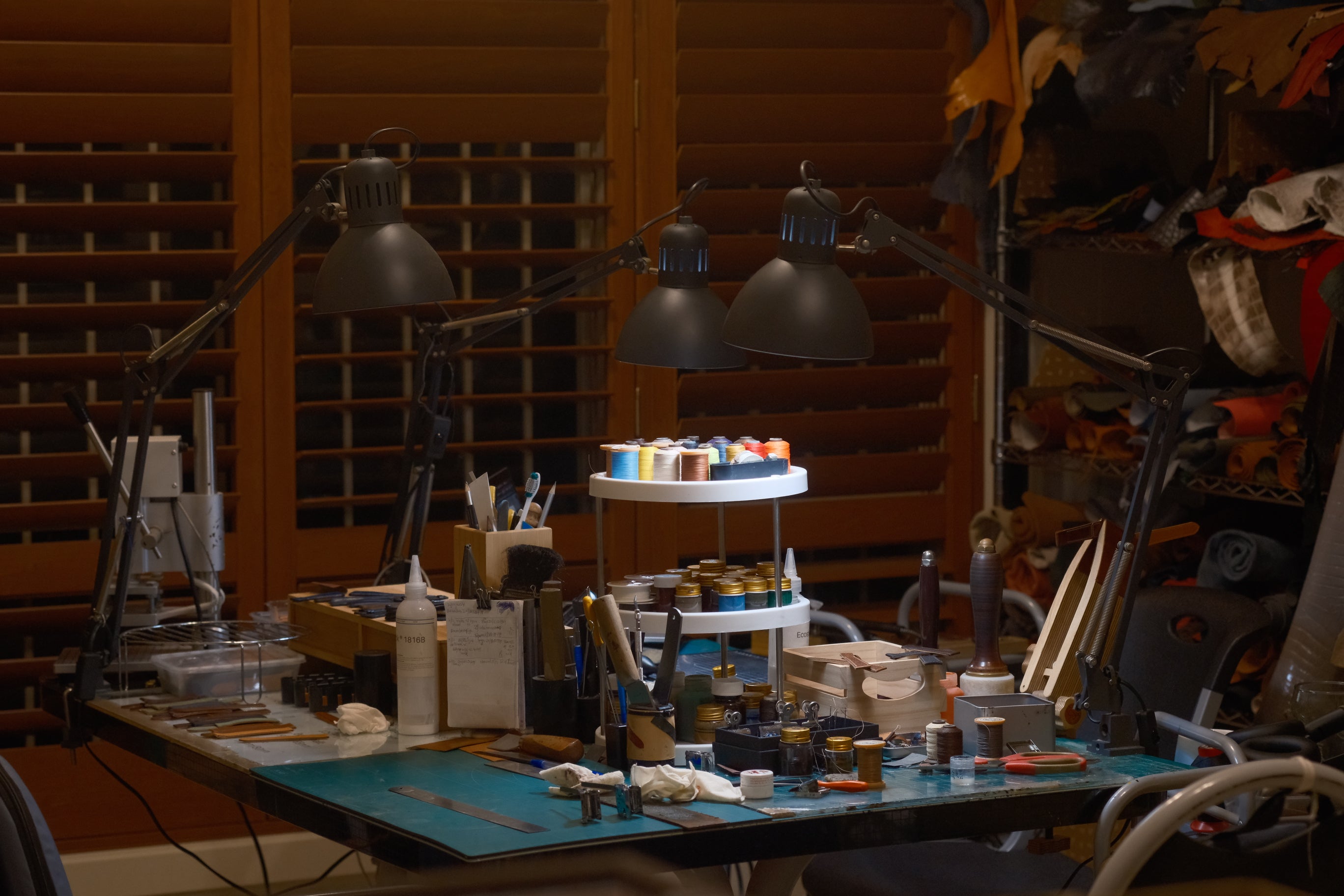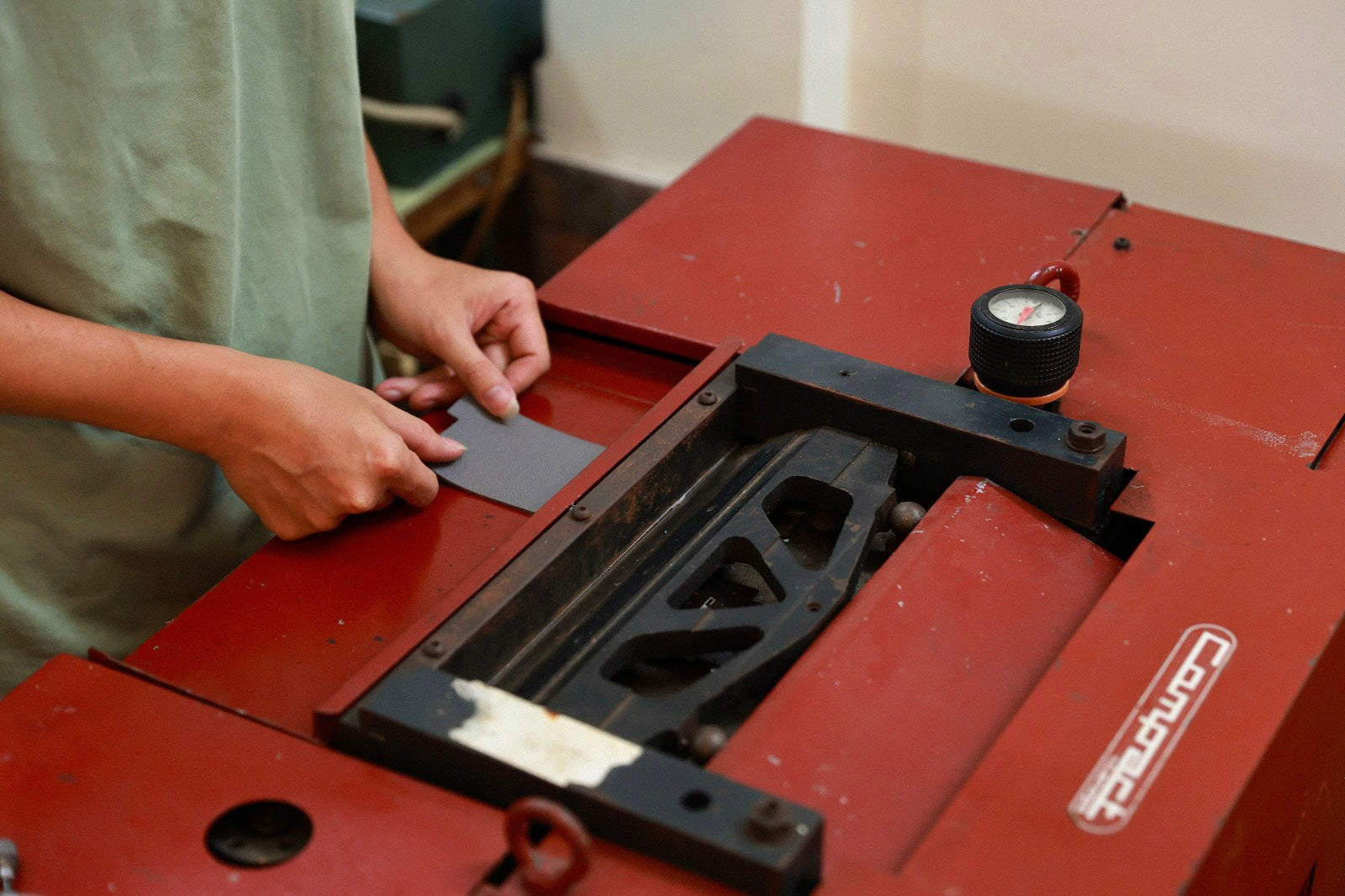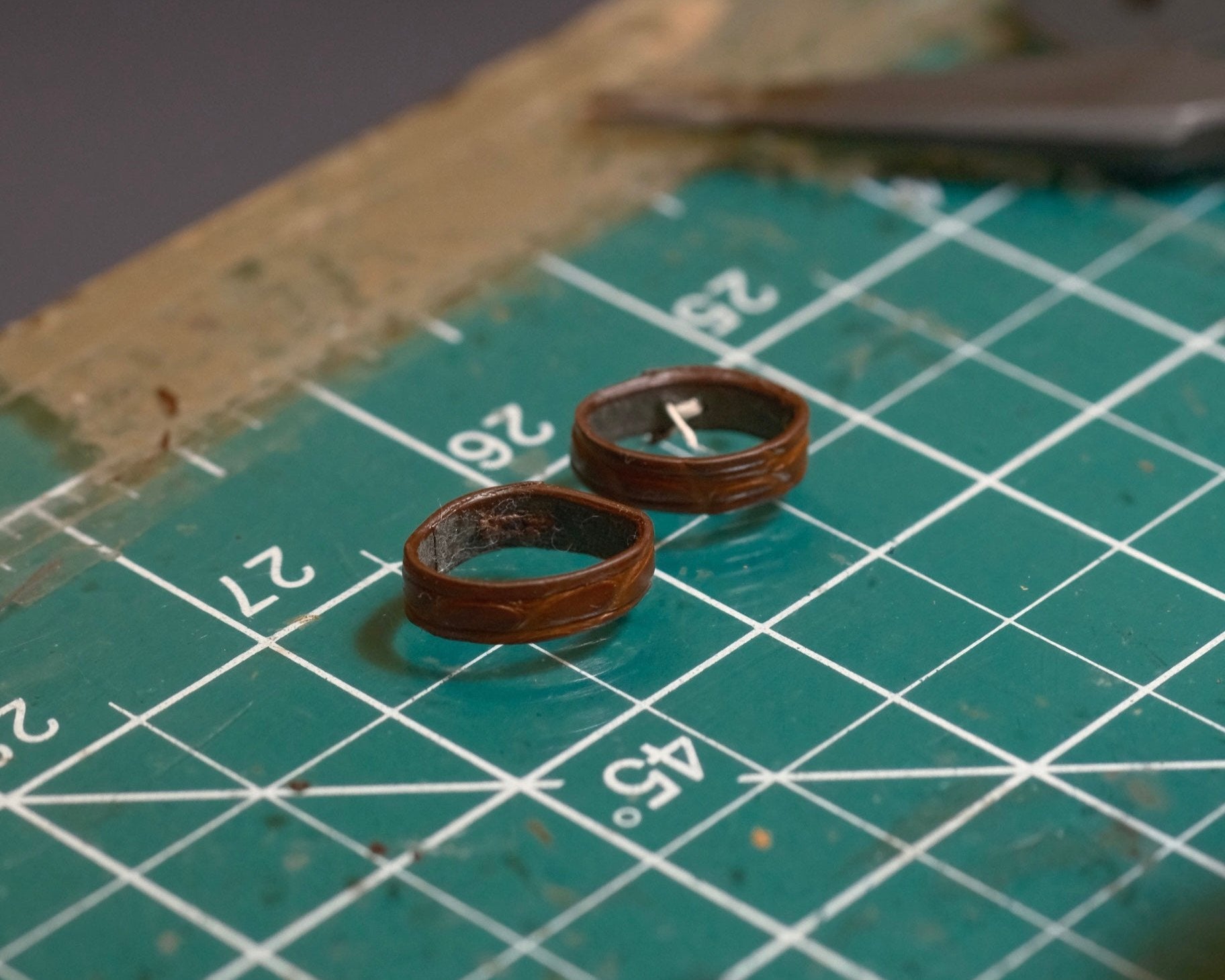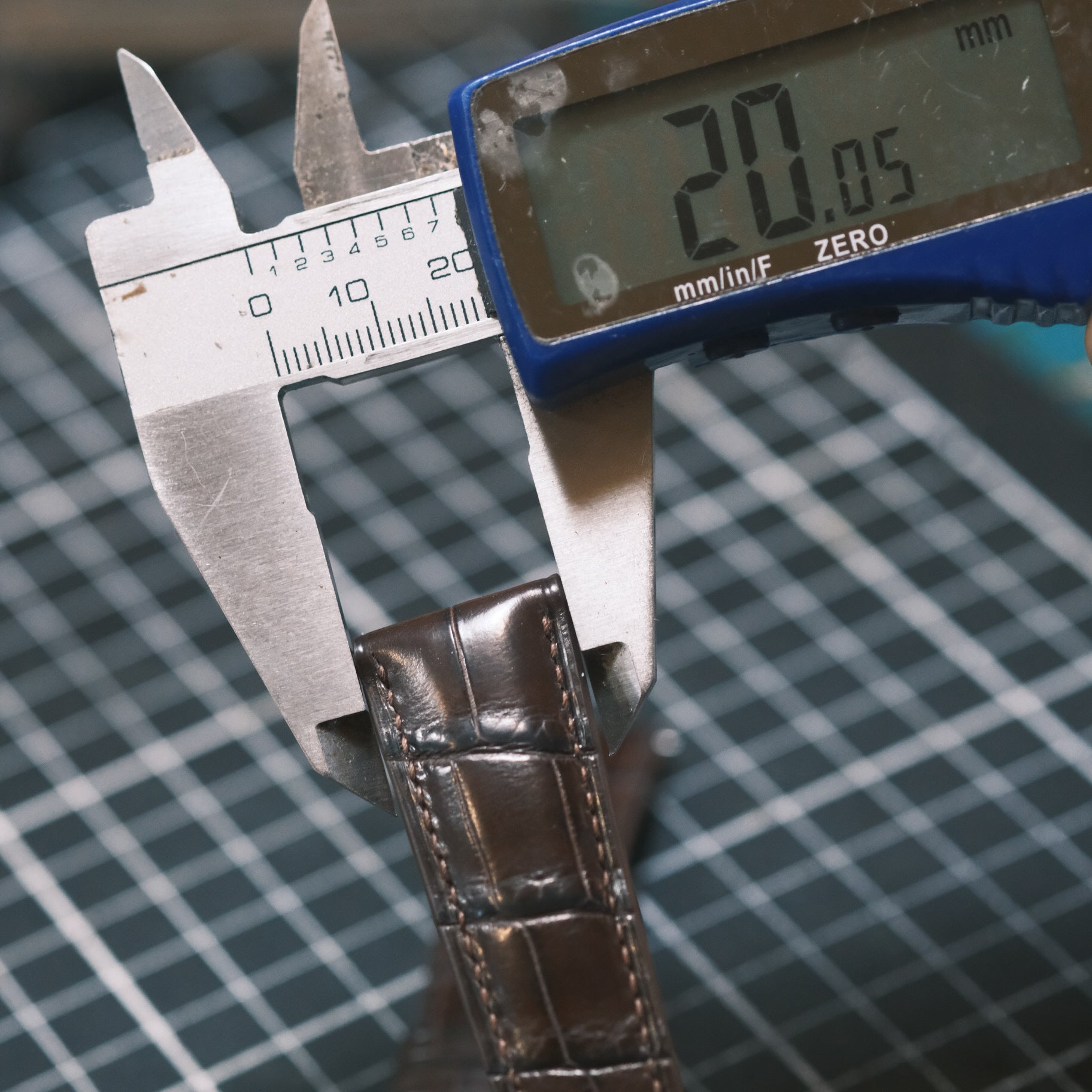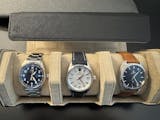For quite some time now, I’ve been looking for a tan leather strap that would be thin enough for my nomos watch (the case is 6mm thick). I ordered this artisan strap not expecting much more than what I’ve found so far online, which was thick, and stiff straps that wouldn’t break in nicely. This strap, when it arrived, genuinely shocked me on how thin and pliable it was. It instantly formed to my scrawny little wrist, like it had been there for years. Yes they’re pricey, but you do get what you pay for, and your nice watch deserves a nice strap. Would highly recommend.
Great looking strap but the quality wasn't what I expected. I have a lot of Artisan straps, so I don't mean to be too harsh. They make great straps and maybe this was a one off. (I did get this one off clearance). The crocodile scales feel like it will peel off against the leather with use. I will still rock it as it looks really elegant.
Hi John,
Thank you for your review and purchase!
The clearance strap you ordered is described to have overlapping scales as shown in your photo. However, you can be sure the scale won't peel off with wear and the leather is structurally sound. The overlapping scales occur because the tail scales are larger and bumpier and when pressed flat, it's pressed ontop of itself creating the appearance that there is an overlap.
I love the black on beige combo. Looks soooo classy! Delivery was quick and product was exactly what I expected!


